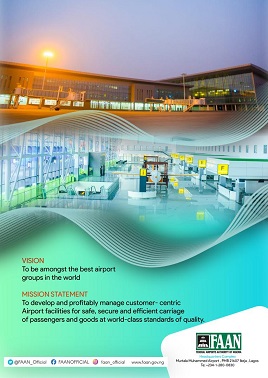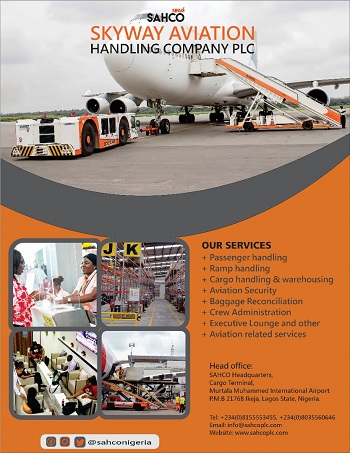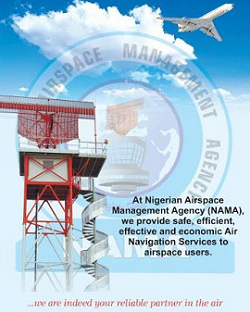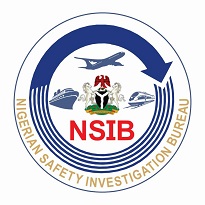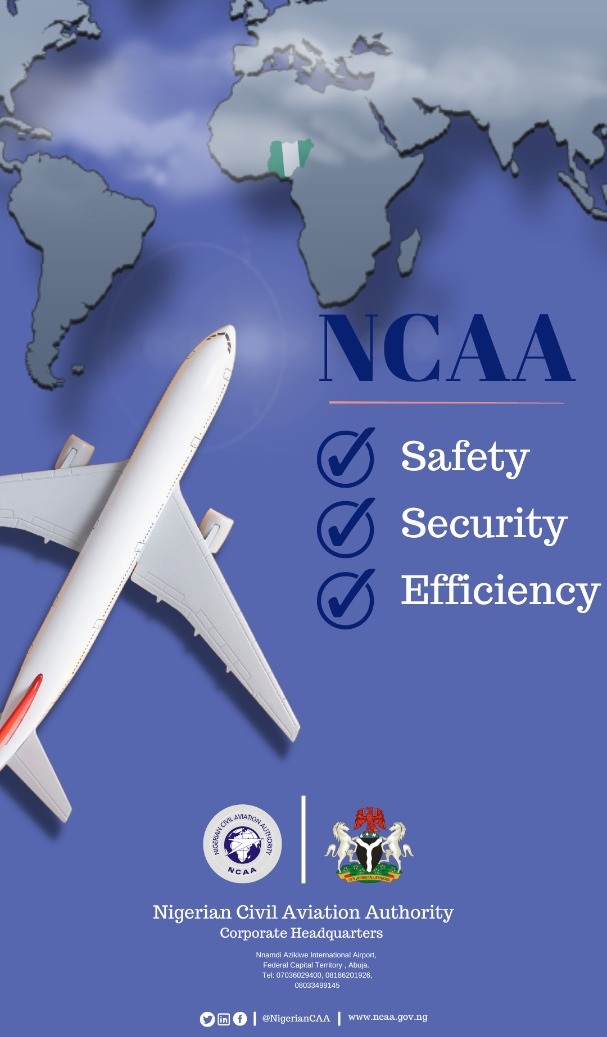
The communique issued at the 28th Annual Conference of the League of Airport and Aviation Correspondents (LAAC) with the theme: Aviation Survivability Amidst a Challenging Macro-Economic Environment has been released.
The annual conference was convened with the aim of addressing the pressing challenges faced by the aviation sector in Nigeria, featured presentations and discussions from key stakeholders, including government officials, industry leaders, and experts.
The communiqué encapsulated the critical resolutions, views, and strategies proposed and adopted during the conference.
The conference had two sections: presentations and panel.
Following are the resolutions arrived at the presentations.
Stakeholders at the Conference emphasized the need for support towards a five-point agenda of the Ministry of Aviation and Aerospace Development, which includes safety, infrastructure enhancement, support for local operators, optimization of revenue generation, and establishing Maintenance, Repair, and Overhaul (MRO) facilities.
They also highlighted the necessity of drafting laws that reflect the Cape Town Convention to ensure transparency in aircraft leasing.
Furthermore stakeholders stressed the importance of a strong insurance policy given Nigeria’s high-risk status.
They equally urged the federal government to discontinue the policy requiring 50 percent of internally generated revenue from aviation agencies to be remitted to the federation account. This, they submitted would allow agencies like FAAN, NAMA, and NCAA to reinvest in infrastructure and developmental projects.
Stakeholders at the conference called for a balance between investing in new airports and improving road networks to support overall transportation infrastructure.
The stakeholders identified hyperinflation and economic difficulties as major impediments to the aviation industry’s survival even as they highlighted operational and regulatory challenges, including inefficiencies and policy flip-flops, that hinder industry growth.
The stakeholders also stressed the need for better time management and policy consistency.
Emphasis on the need for a central data system that will provide accurate and harmonized data for the aviation industry was resolved on, just as they dvocated for regulations that ensure safety and security without strangling the airlines.
The stakeholders highlighted the importance of corporate governance, infrastructure improvement, and reducing dependence on foreign exchange.
While the conference called for efficiency, affordability, collaboration, and the use of technology to enhance service delivery, it recommended reviewing aviation regulations to reflect emerging trends in the sector.
During the panel session, the conference highlighted the need for stakeholders’ fora with the presence of all relevant parties to address industry challenges collectively.
It also recommended annual agency/industry reports to track progress and ensure accountability.
Critical Resolutions arrived at during the sector include, Operational Efficiency and Cost Management:
Prioritize streamlining processes, optimizing resource allocation, and embracing technology to enhance operational efficiency and manage costs effectively.
Infrastructure Development:
Invest in modern and robust airport infrastructure as a crucial tool for industry survival and growth.
Pricing and Affordability:
Implement efficient pricing of products and services to enhance affordability, drive competition, and support infrastructure development.
Innovation and Technology:
Adopt innovative and technological approaches as key strategies for improving industry survivability.
Collaborations and Partnerships:
Foster partnerships among airlines, air navigation service providers, airports, regulatory bodies, and other stakeholders to tackle industry challenges collaboratively.
Anti-Competitive Practices:
Address anti-competitive practices such as unfair pricing, delays without refund, poor service delivery, and inadequate redress mechanisms.
Policy Stability:
Ensure policy consistency and avoid policy somersaults to sustain the industry.
Government Role:
The government should create a favorable environment for business without interfering in the day-to-day affairs of the industry.
Industry Networking:
Encourage the aviation industry to build relationships with other sectors to boost networking and economic interconnectivity.
Revenue Optimization:
Optimize revenue generation through code sharing, interlining, and dealing with cost-inducing areas.
Risk Reduction:
Reduce industry risks by sharing expertise and acquiring market intelligence.
Private Sector Engagement:
Engage the private sector more actively to equip the industry with necessary infrastructure, acknowledging that government funding alone is insufficient.
In conclusion, the 28th Annual Conference of the League of Airport and Aviation Correspondents (LAAC) underscored the critical need for concerted efforts and strategic collaboration to navigate the challenging macro-economic environment facing Nigeria’s aviation industry.
The organisers noted that the resolutions and strategies outlined in this communiqué aimed to enhance operational efficiency, optimize resources, and ensure the industry’s long-term sustainability and growth.


